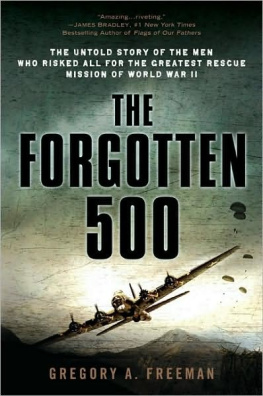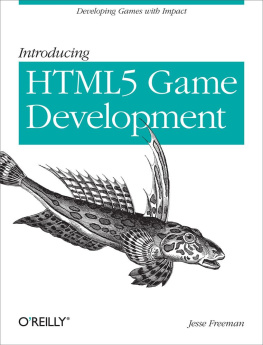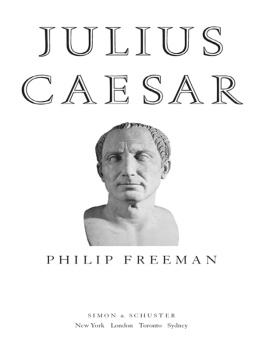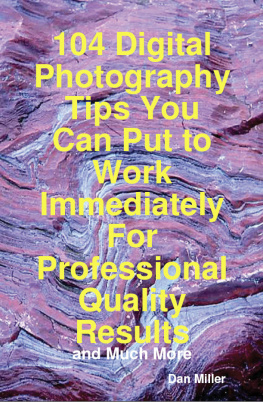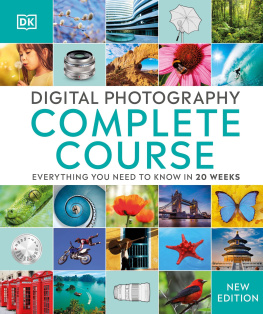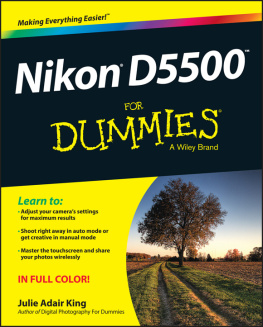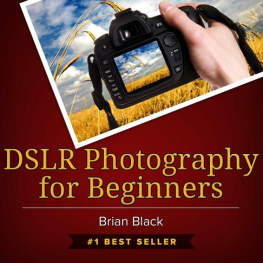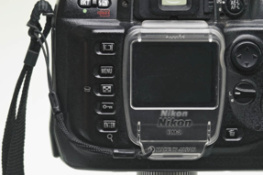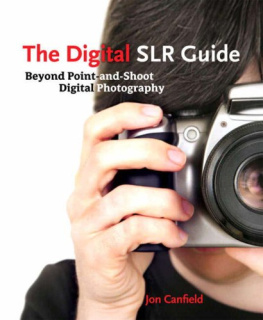All rights reserved.
No part of this book may be reproduced in any form or by any electronic or mechanical means including information storage and retrieval systems, without permission in writing from the author. The only exception is by a reviewer, who may quote short excerpts in a review.
Introduction

In their infancy, digital SLRs were the preserve of a select group of professional photographers, or exceptionally wealthy enthusiasts. While 35mm SLRs had reached a point in their development where there was something for everyone, regardless of their skill level or budget, the transition to sensor-based digital capture came with a price-tag that made it prohibitively expensive for the photo enthusiast. To enjoy the benefits of photography with an interchangeable lens digital camera meant investing heavily in a technology that was evolving at a phenomenal rate, with manufacturers turning out significantly superior cameras on an alarmingly regular and brief timescale; a doubling of camera resolution in as little as 12 months was common.
Today, however, the frenetic pace of DSLR development and the leaps in technological breakthroughs have slowed, although that isnt to say they have ceased altogether. Sensor resolutions continue to creep upward, albeit in smaller increments, and new technologies continue to be squeezed into the camera body to enhance the photographers experience; built-in anti-shake systems to combat camera shake, in-camera dust-removal, live LCD screens, and video recording are all increasingly common, for example. But it is not the maturing technology that has expanded the DSLR market to the point that 35mm SLRs are now near-obsolete, it is a far more material aspect: price. While hefty prices excluded most non-professional photographers (and many pros) from going digital a decade ago, the low-cost of modern DSLRs is no longer a barrier.
Yet while buying a DSLR no longer requires the same financial sacrifice, it still demands an investment in time if you want to make the most of it. Fundamental photographic concepts such as aperture, shutter speed, and ISO may not have changed since the day photography was born as a medium, but their implementation in the digital age, to a certain extent, has. In addition, there are all of the necessary digital technologies that need to be mastered or, at the very least, understood. While some photographers may be happy setting their camera to automatic and allowing it to determine the many and varied picture-taking parameters, to use a DSLR to its fullest potential there is a great deal to learn. That is precisely why you have bought this book. What I aim to do here is to reveal how you can get the very best from your camera, and show how digital capture can, and should, change the way you think about shooting, regardless of whether this is your first DSLR or not.



The Digital Environment Part I

Theres no doubt that if youre already familiar with the basic controls of a conventional film SLRby which we mean the aperture, shutter speed, shooting modes, and so onthen the switch to a DSLR should be relatively painless. If youre moving up from a digital point-and-shoot, you may have more to learn in terms of technique, but youll be familiar with much of the vocabulary that is used in digital photography.
The world of digital SLRs (DSLRs) is a rapidly evolving environment. It seems almost inconceivable that it was only in 2000 that Canon launched its flagship DSLR, the D30, which featured a 3.1-megapixel sensora resolution now found on many cameraphones.
However, the speed of technological change can make life expensive for the photography enthusiast, as improvements tend to be much greater as new camera models are launched. On the face of it, this is simply a matter of buying a digital body to use with existing lenses and accessories, and in one sense it is no more complicated than that. Nevertheless, exploiting the enormous capabilities of digital cameras and software to their fullest means immersing yourself in a different world, and, after this initial chapter, starting to shoot intuitively. This means not following the manualbut it will still help to have read it first.
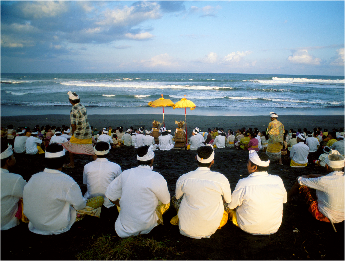
DSLRs
The DSLR offers an excellent compromise between image quality, affordability, flexibility, and convenience. While there are medium format cameras that offer greater dynamic range, less noise, and the ultimate in image quality, their high cost puts them firmly in the professional category.
As with film SLRs, the big draw of DSLRs is that you can see exactly what you are about to shoot, from framing to focus and depth of field, thanks to the use of a prism and flip-up mirror that deliver an exact view of the scene that is about to be captured. You may argue that digital point-and-shoot cameras with their electronic, non-mechanical shutters also offer this, but its at the cost of loading more circuitry onto the sensor, with a corresponding reduction in their image-gathering ability.
SLRs also have interchangeable lenses, which vastly broadens their capabilities. Indeed, all the major camera manufacturers have invested their best efforts in image quality and operational perfection into SLR bodiesin other words, SLRs are where the good stuff resides.
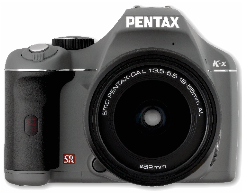
Pentax DSLR
Despite enjoying only a relatively small share of the DSLR market, Pentax is producing high-specification cameras that have a loyal following.
Ergonomically, 35mm SLR designs became highly refined over the past 70 years, and while point-and-shoot cameras have produced a chaotic number of styles, DSLRs have followed their film predecessors. But, although the principle may be the same as a film camera, the inner workings of a digital camera are quite different. For a start, the imaging is being performed by a silicon-based chip sensoreither a CCD (charge-coupled device) or CMOS (complementary metal-oxide semiconductor) containing millions of light-sensitive photodiodes. Each photodiode converts light from the scene being photographed into a voltage that is proportional to the brightness. The charge is amplified, then transferred to an ADC (analog-to-digital converter) that translates the pattern of charges recorded by the sensor into discrete binary code. This code is sent to a DSP (digital signal processor) that performs a variety of operations depending on the needs of the image and the settings chosen by the user: reducing noise and adjusting brightness, color, contrast, and sharpness, for example. Finally, all of the digital information that defines the image is saved onto the storage mediuma memory card of one kind or another.

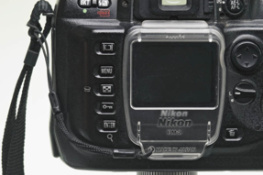
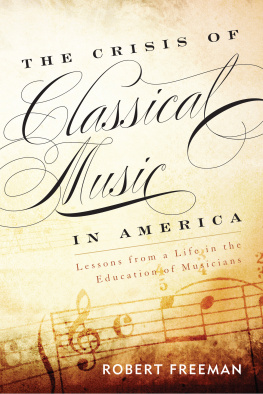

![Freeman - Pro design patterns in Swift: [learn how to apply classic design patterns to iOS app development using Swift]](/uploads/posts/book/201359/thumbs/freeman-pro-design-patterns-in-swift-learn-how.jpg)
